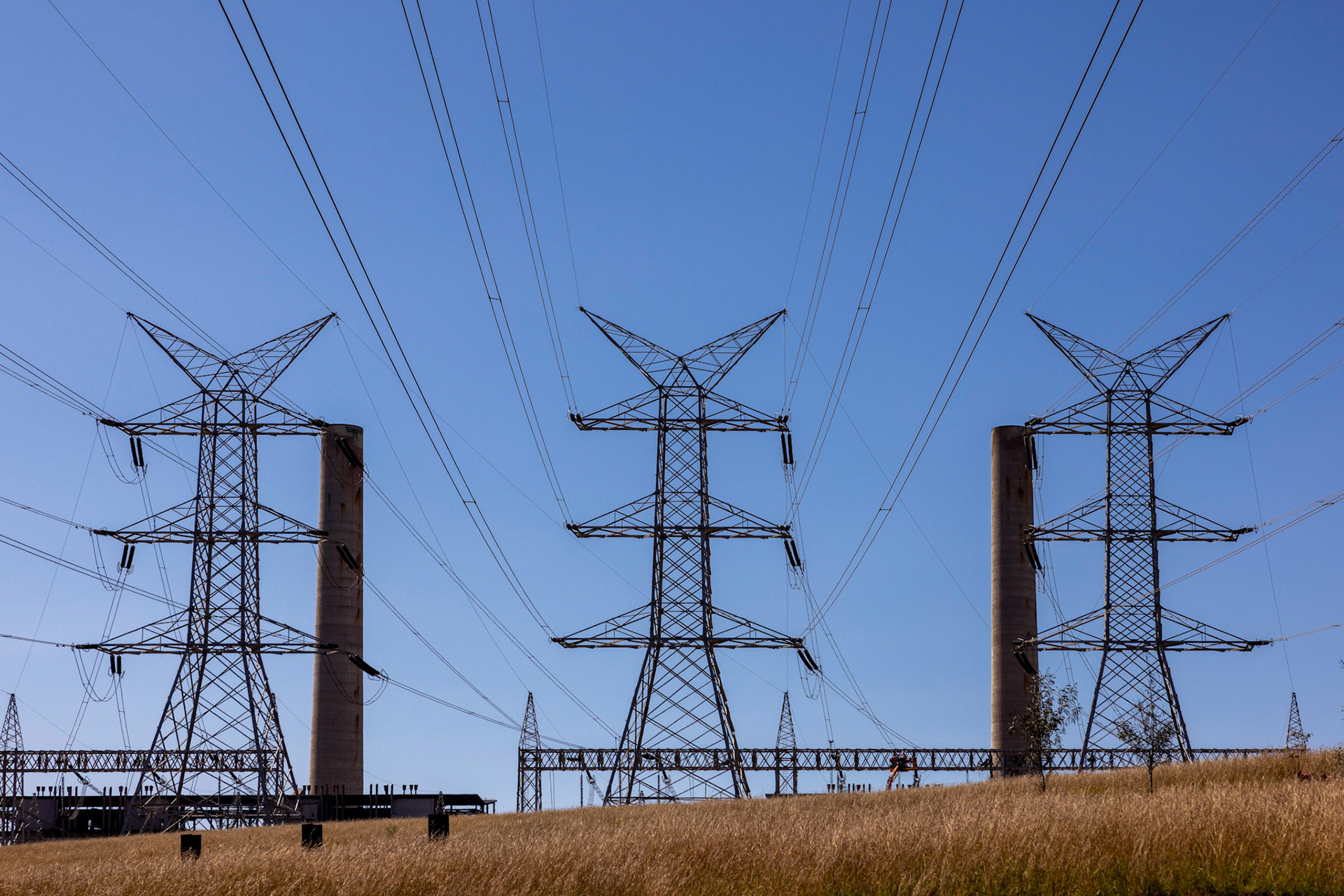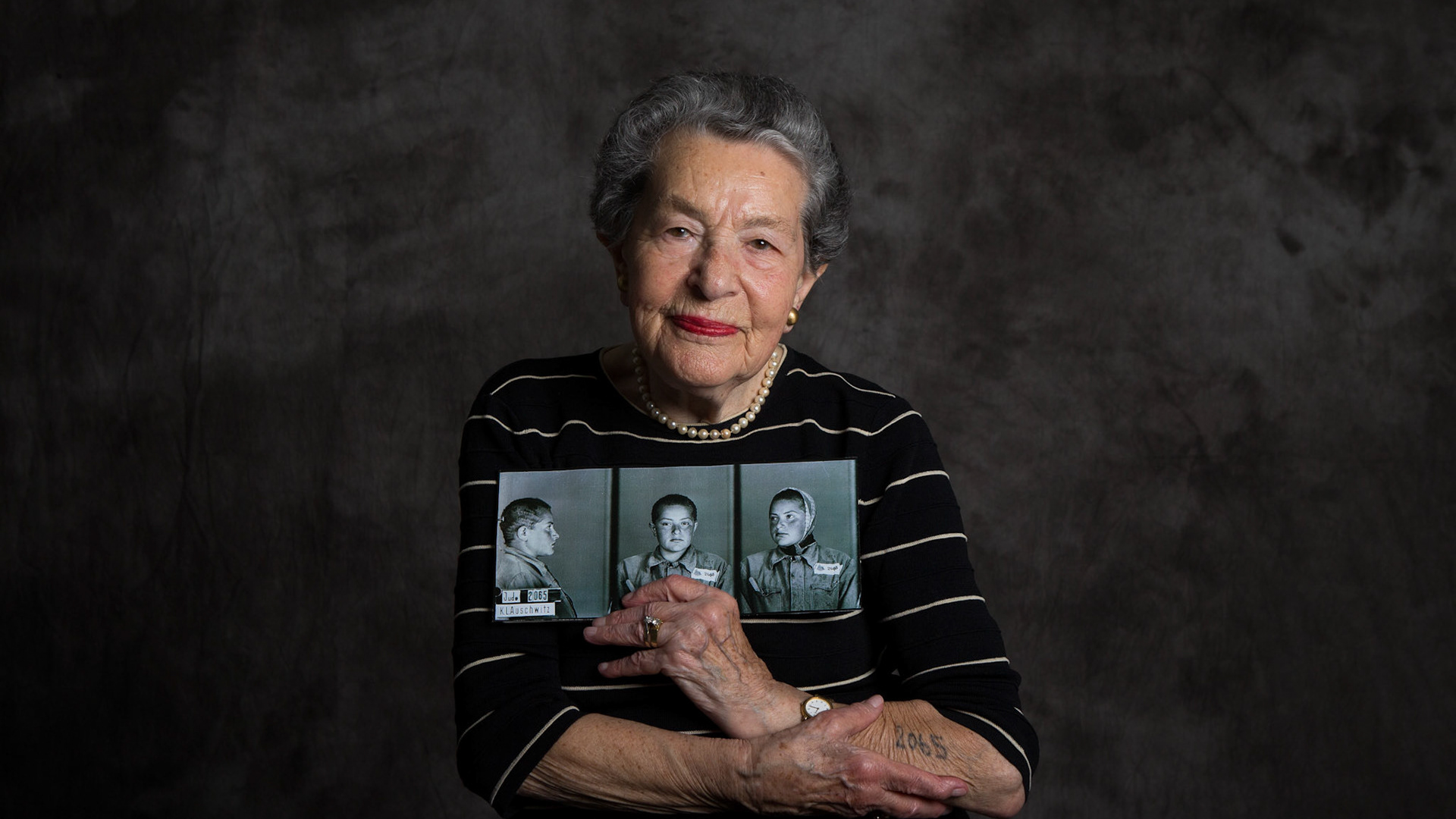Australia's energy transformation is underway, bringing change to communities and landscapes across the country. The Hunter and Gladstone region has always played a critical role as an economic powerhouse for the nation and is now at the forefront of the clean energy revolution. This exhibition celebrates the people and places leading the charge across the regions, bringing to life the human side of the transformation as well as showcasing the great Australian landscapes on which it is taking place.
Exhibition details:
• Dates: Wednesday, November 13 to Friday, November 29, 2024
• Opening times: Monday-Saturday, 9-5pm
• Location: McLarty Room, Shortland Building, The University of Newcastle, Callaghan
• Cost: Free to enter
• Dates: Wednesday, November 13 to Friday, November 29, 2024
• Opening times: Monday-Saturday, 9-5pm
• Location: McLarty Room, Shortland Building, The University of Newcastle, Callaghan
• Cost: Free to enter
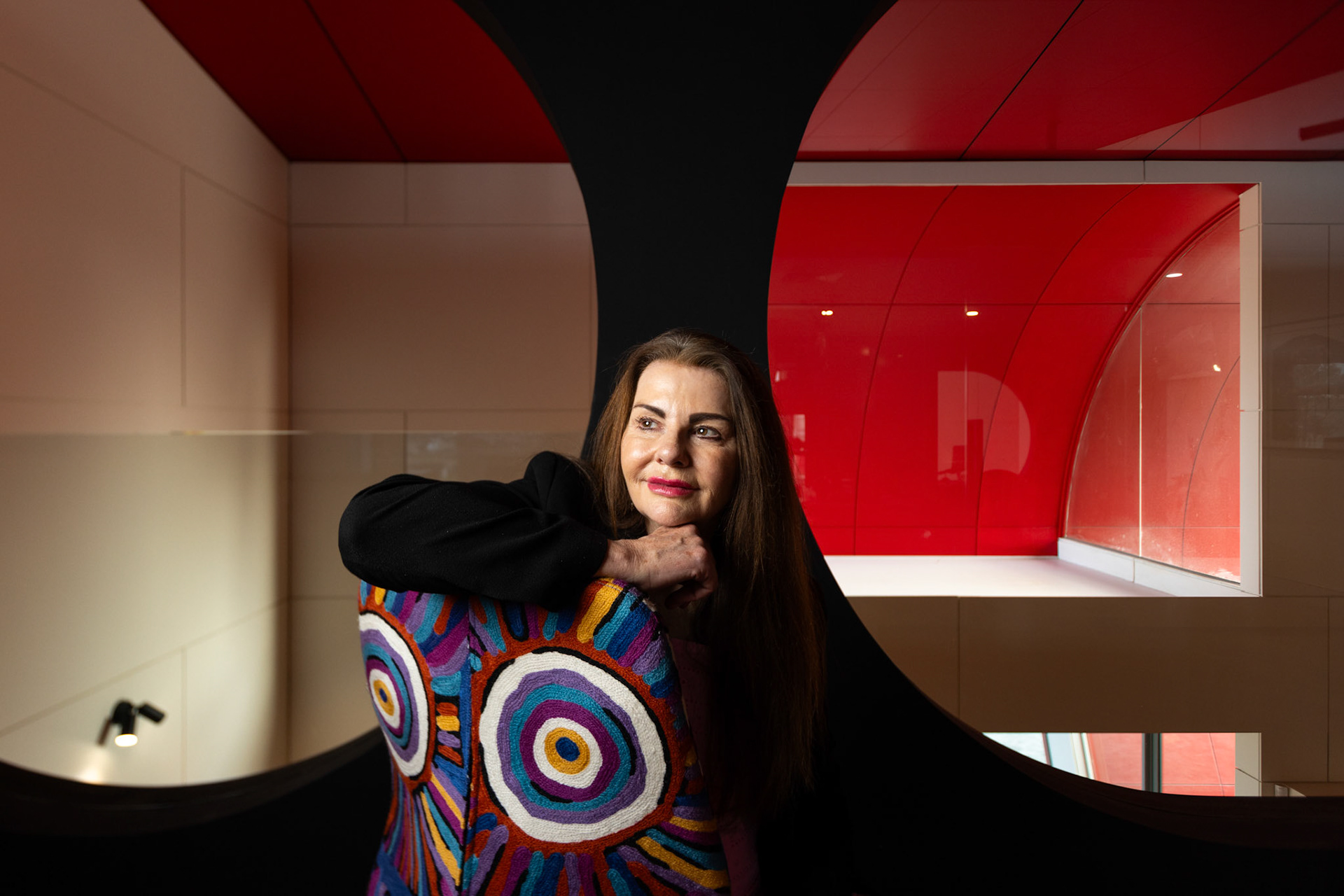
Deb Barwick, CEO of the NSW Indigenous Chamber of Commerce. A proud Gamilaroi Yinaar (woman) living and working on Wonnarua Country, Deb advocates for the inclusion of Aboriginal people and businesses in government and industry supply chains. “The renewable energy transition is a growing opportunity for Aboriginal businesses, and the NSW Indigenous Chamber of Commerce connects with non-Indigenous organisations to create and foster partnerships, contract opportunities and jobs.”
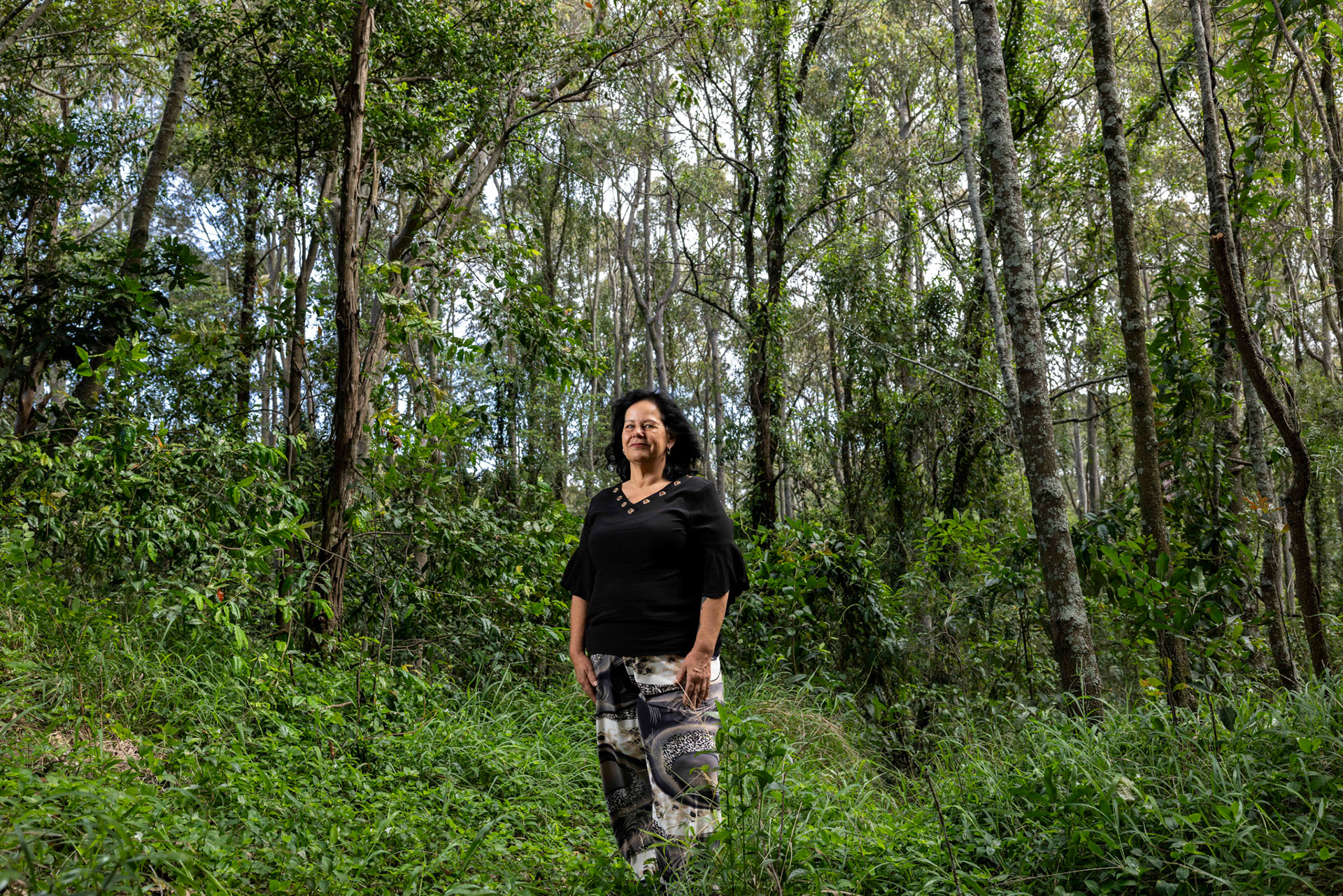
Simone Jordan, Chair of Awabakal Local Aboriginal Land Council and Indigenous Employment Partner at University of Newcastle. A Wiradjuri descendant, Simone grew up on Awabakal and Worimi Country and is grateful to have such beautiful, nurturing country to care for in return. “Renewable energy is not just a practical solution for addressing energy needs, which supports efforts to sustain cultural heritage. It also aligns with Aboriginal Australians’ values of land care, sustainability and self-determination.”
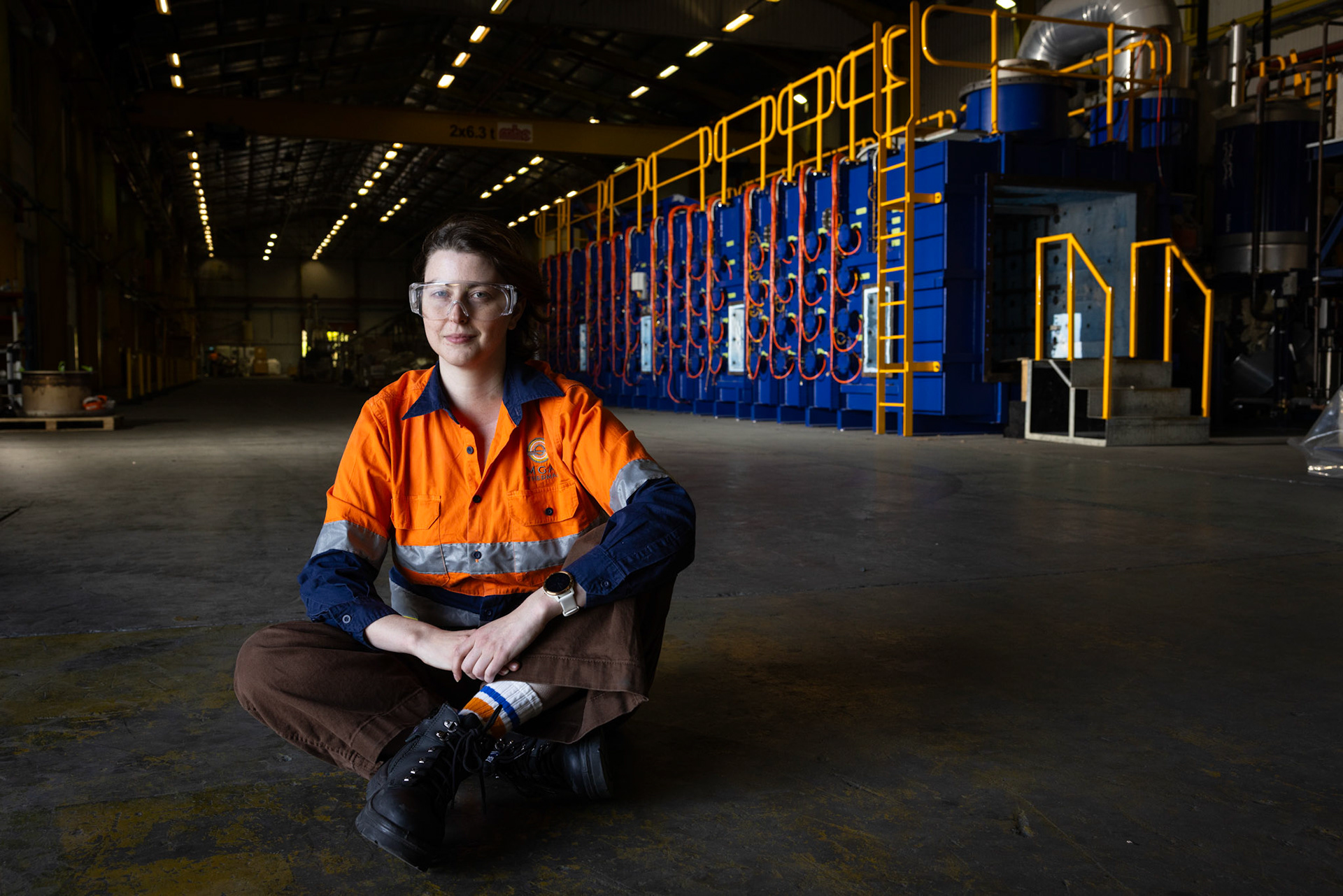
Arden Jarrett, Marketing Manager, MGA Thermal. Arden works with pioneering Hunter company MGA Thermal, which is advancing technology to decarbonise industrial heat. As a passionate gender diversity activist and podcast host, Arden connects women and gender-diverse individuals across the industry. “Working in this sector, knowing the impact this technology will have on our future, makes me proud to work in the Hunter region. We have the opportunity, as women and gender-diverse people, to shape this transition and be part of it from the very beginning.”
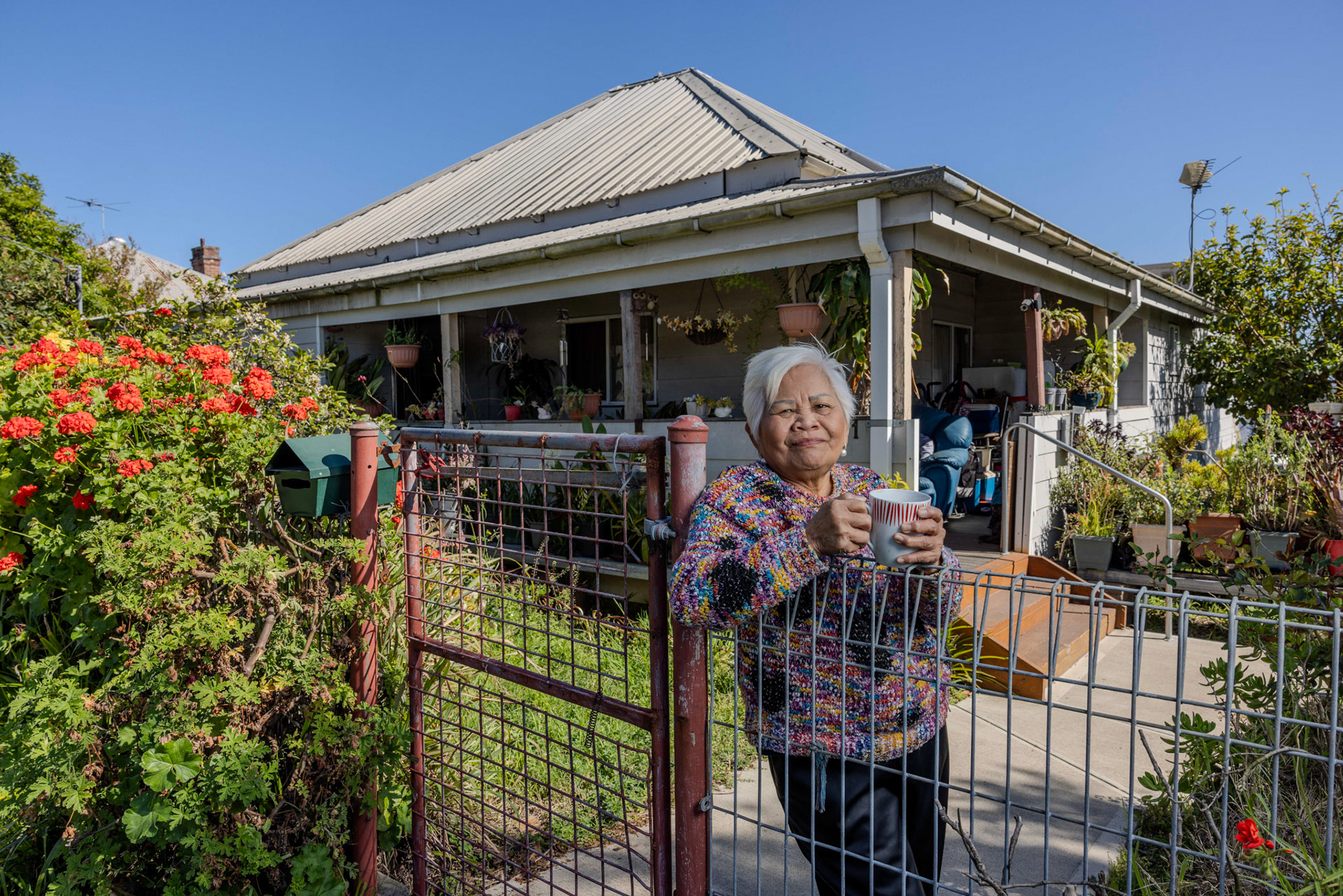
Rebecca Macdonald, Filipino-Australian Society of The Hunter Valley. As president of the Filipino-Australian Society of the Hunter, Rebecca has been helping Filipinos settle into Australian life for the past 13 years. “It’s really good to see the local economy benefit from all the new energy projects that are springing up.”
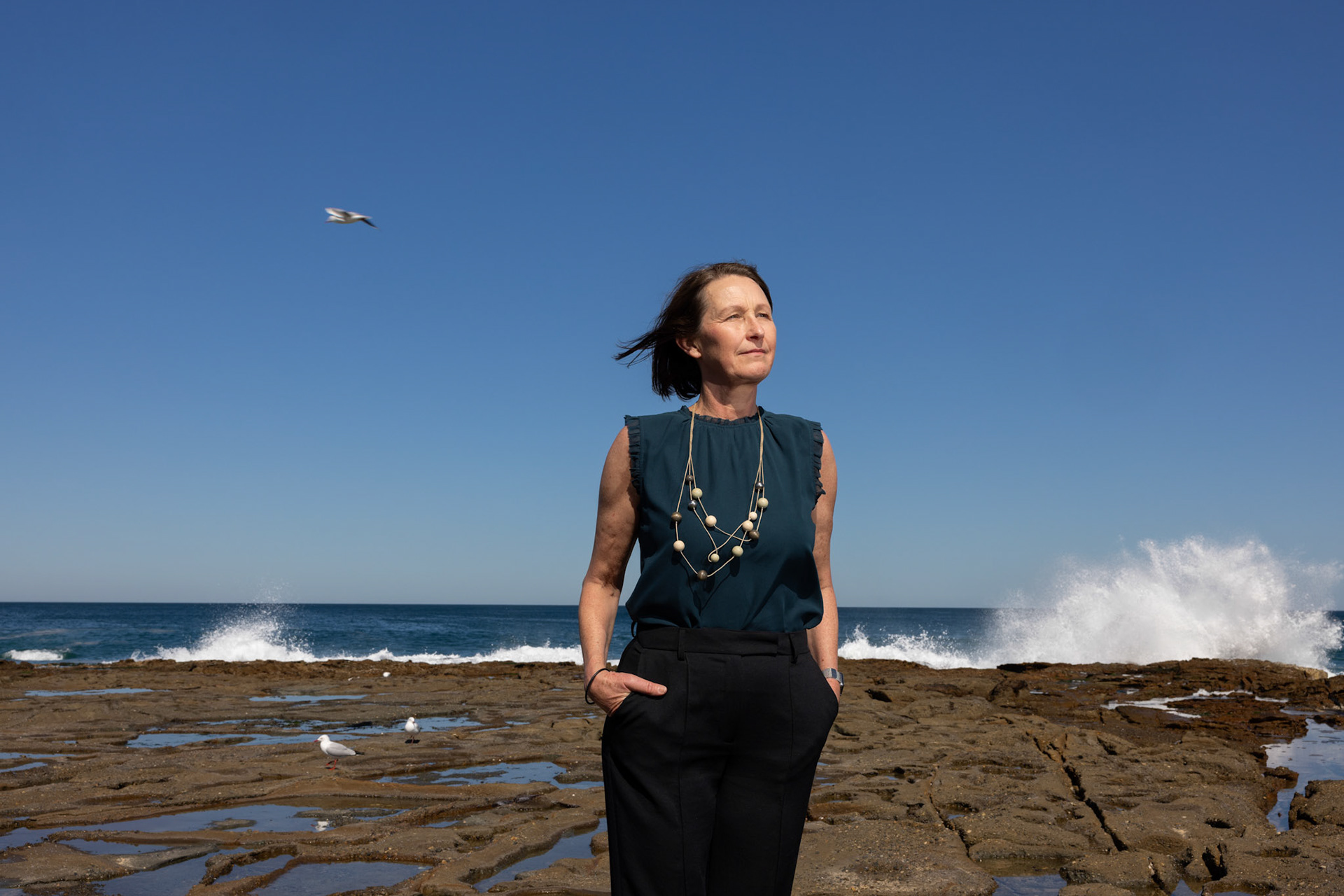
Dr Gunilla Burrowes, CleanTech Investor. An electrical engineer and entrepreneur, Dr Burrowes embodies the spirit of innovation and sustainability. Her work in renewable energy and commitment to diversity in STEM is helping to shape the future of sustainable technologies and practice, assisting Australia’s net zero transformation.

Laureate Professor Behdad Moghtaderi, Newcastle Institute for Energy and Resources. Professor Moghtaderi specialises in reducing greenhouse gases and methane emitted by the energy and mining sectors by applying abatement technologies, including mine ventilation systems. “I believe the best of both worlds is to have economic growth without the side-effects of emissions.”
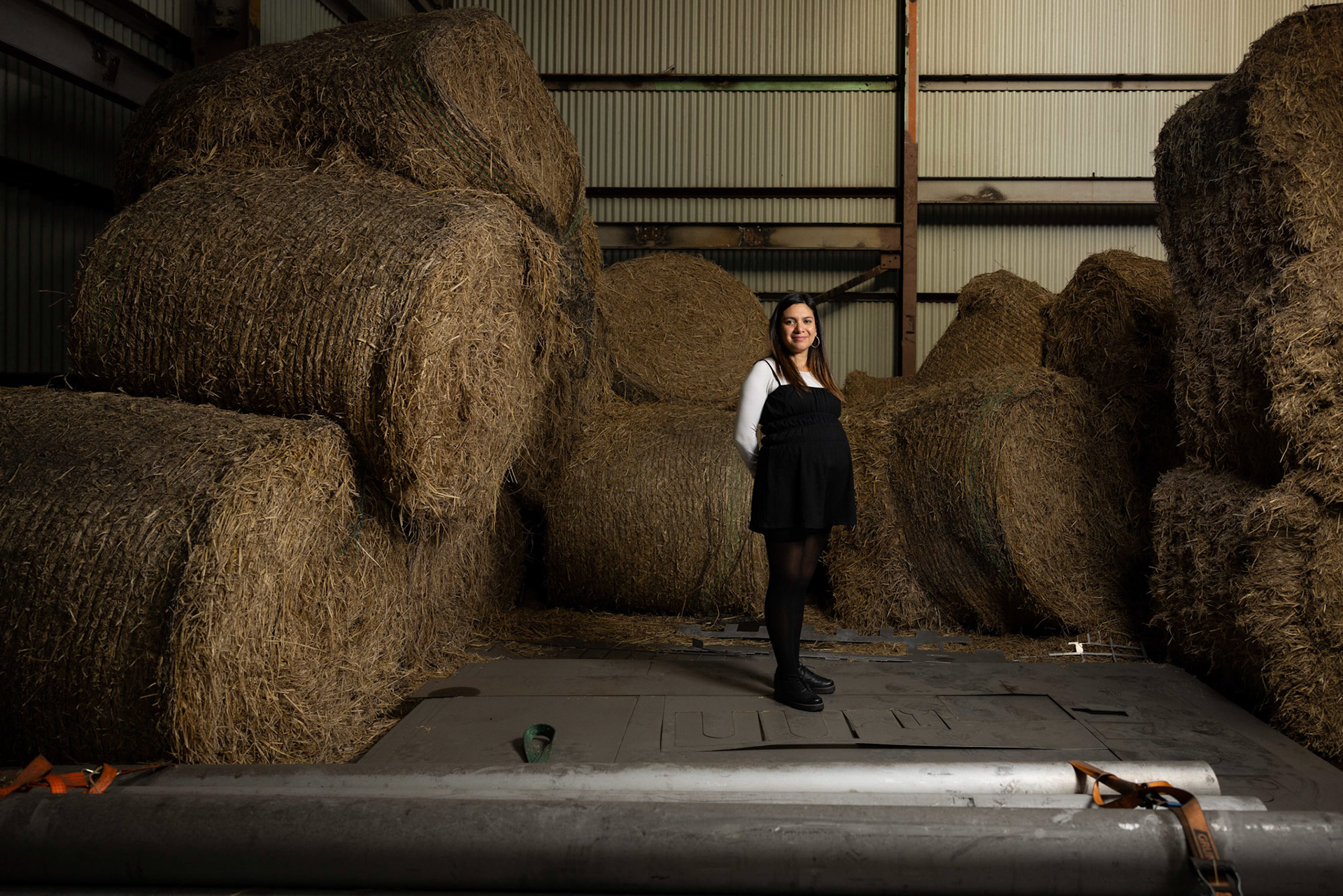
Isabel Toasa, Co-Founder and Head of Research, EM Energy. Inventor of the Organic Hydrogen Electrolyser Cell, Isabel is a champion for innovative technologies that repurpose waste. This potential game-changer for clean energy production uses organic chemistry to convert organic material directly into hydrogen. “As a scientist and entrepreneur based in the Hunter region, I am on a mission to empower global communities through sustainable and dependable energy solutions. Inspired by the ecological balance in nature, where nothing goes to waste, I advocate for the transformation of waste into energy.”
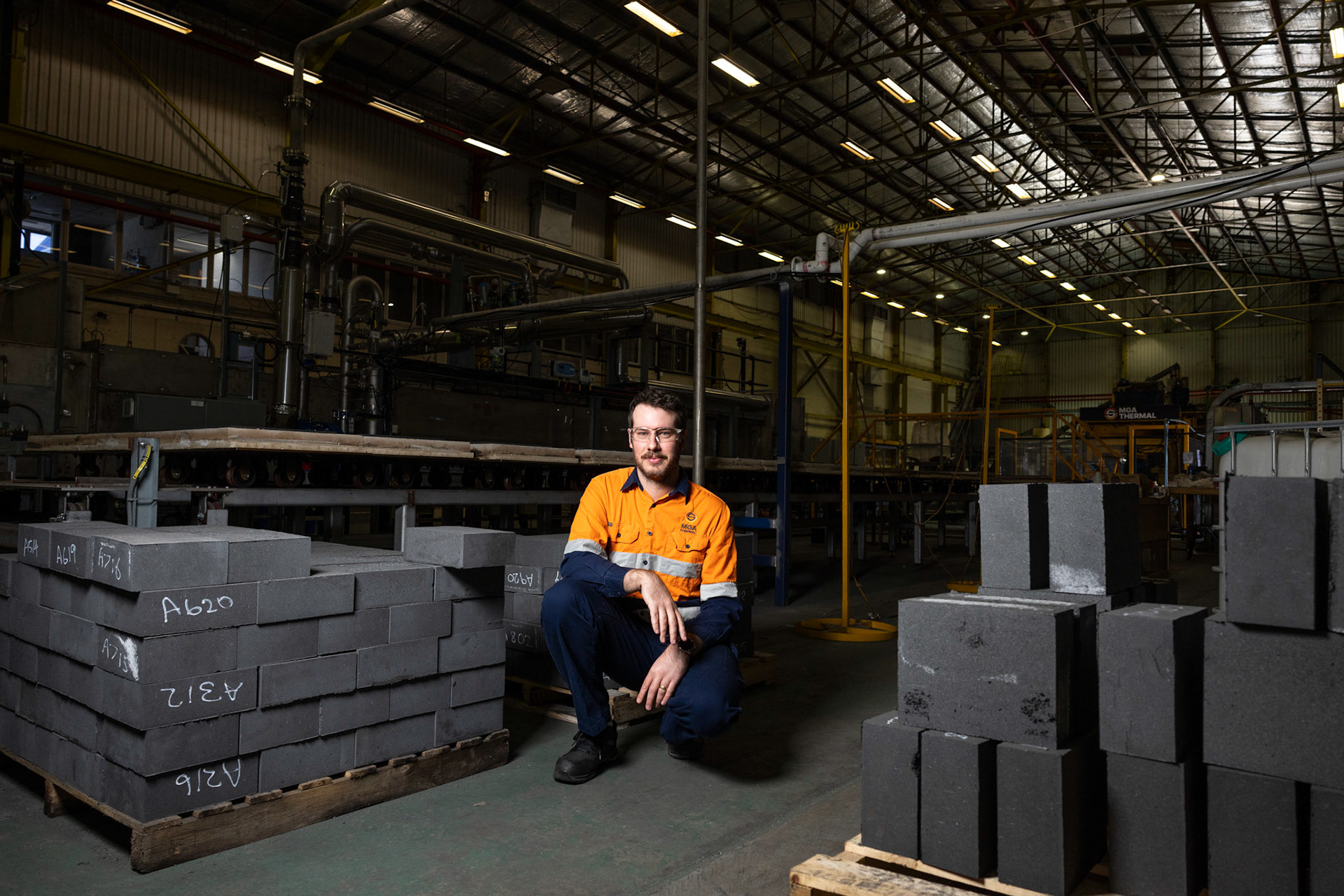
Dr Alexander Post, Co-Founder and CTO, MGA Thermal. A proud local, Dr Post is co-founder and CTO of MGA Thermal. He is pictured with stacks of the company’s revolutionary thermal storage blocks - enough to power a household for a month. Under his leadership, MGA is scaling production of the new technology, with plans to manufacture two years’ worth of household energy in just one day. The ultimate goal: 24/7 renewable energy to make industrial decarbonisation a reality.
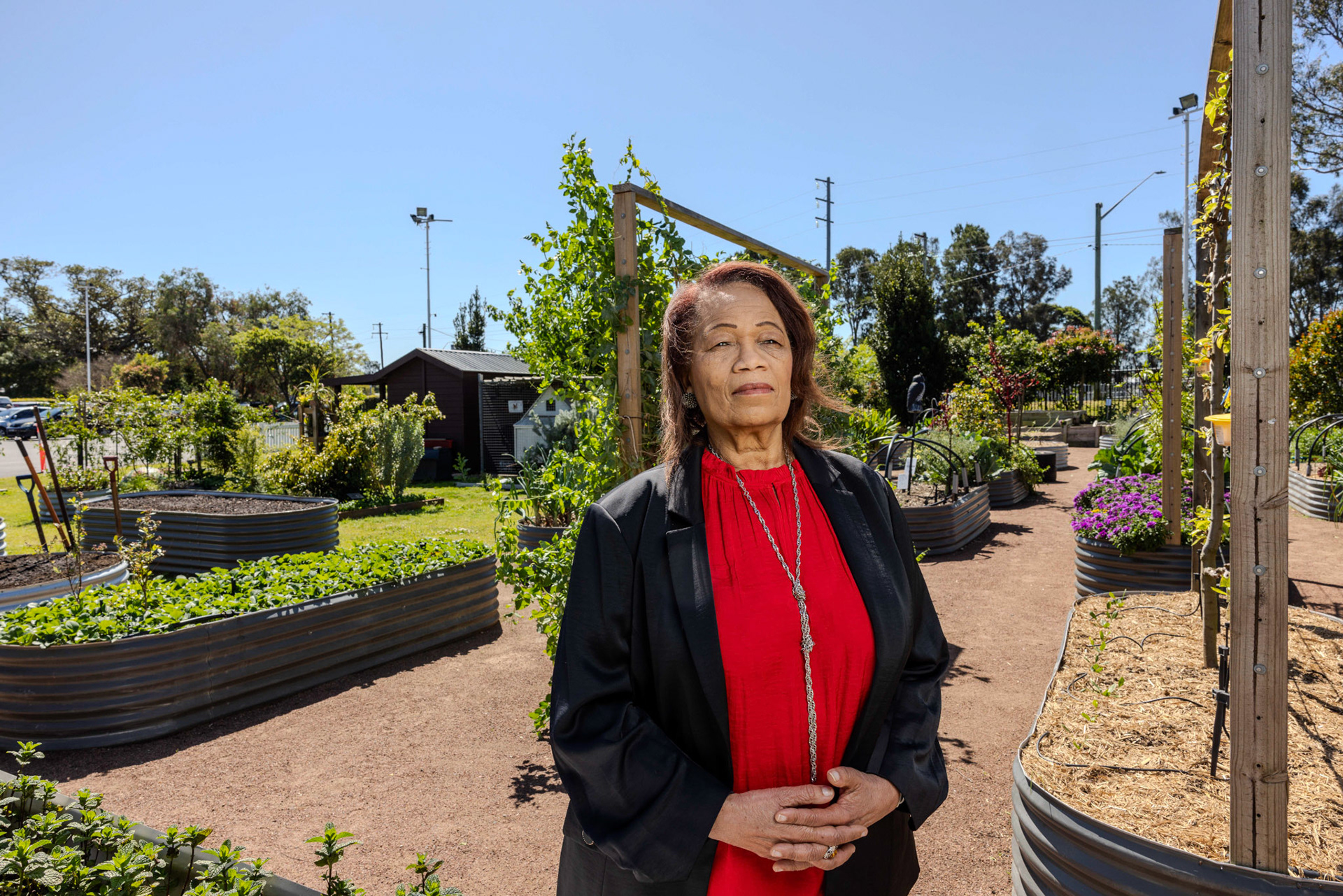
Faith Eeson, President of Hunter Multicultural Communities. Founded in 1977 to support post WW2 European migrants who came to work in the steelmaking and manufacturing sectors, Hunter Multicultural Communities provides services that support a socially cohesive, equitable and diverse society. Faith is seen here in the Community Garden, which offers a peaceful space for learning and connecting with nature. “I aim to stay informed and use that knowledge to drive change. The idea is to focus not just on the environment but also on a sustainable economy, ensuring jobs for the future.”
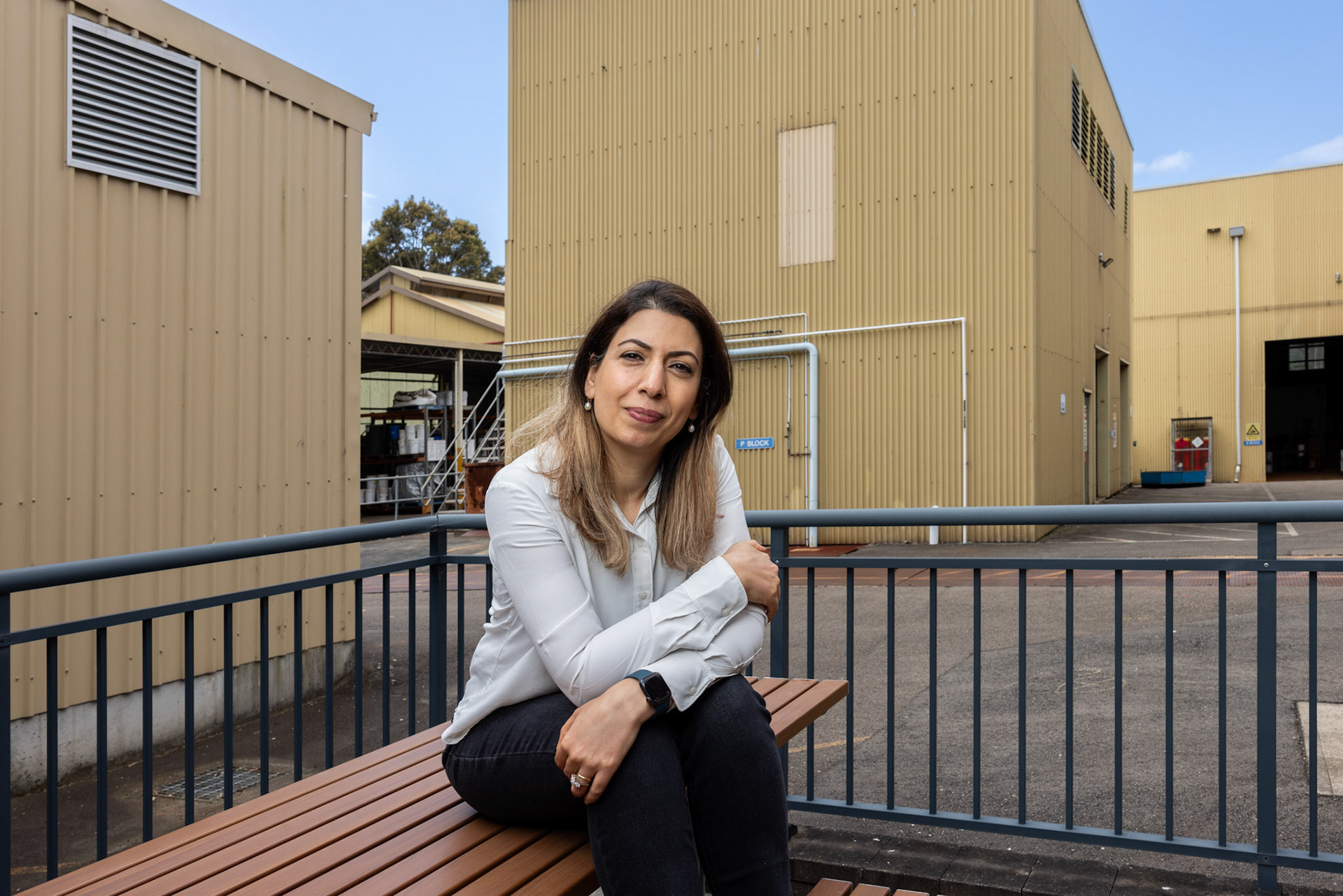
Dr Simin Moradmand, Postdoctoral Researcher, University of Newcastle. As a Postdoctoral Researcher in Chemical Engineering, Dr Moradmand works at the intersection of industry and research to find solutions for real-world challenges in green energy production and sustainable manufacturing. “Renewable Energy Zones in the Hunter offer new opportunities for a stronger, cleaner, and more sustainable future.”
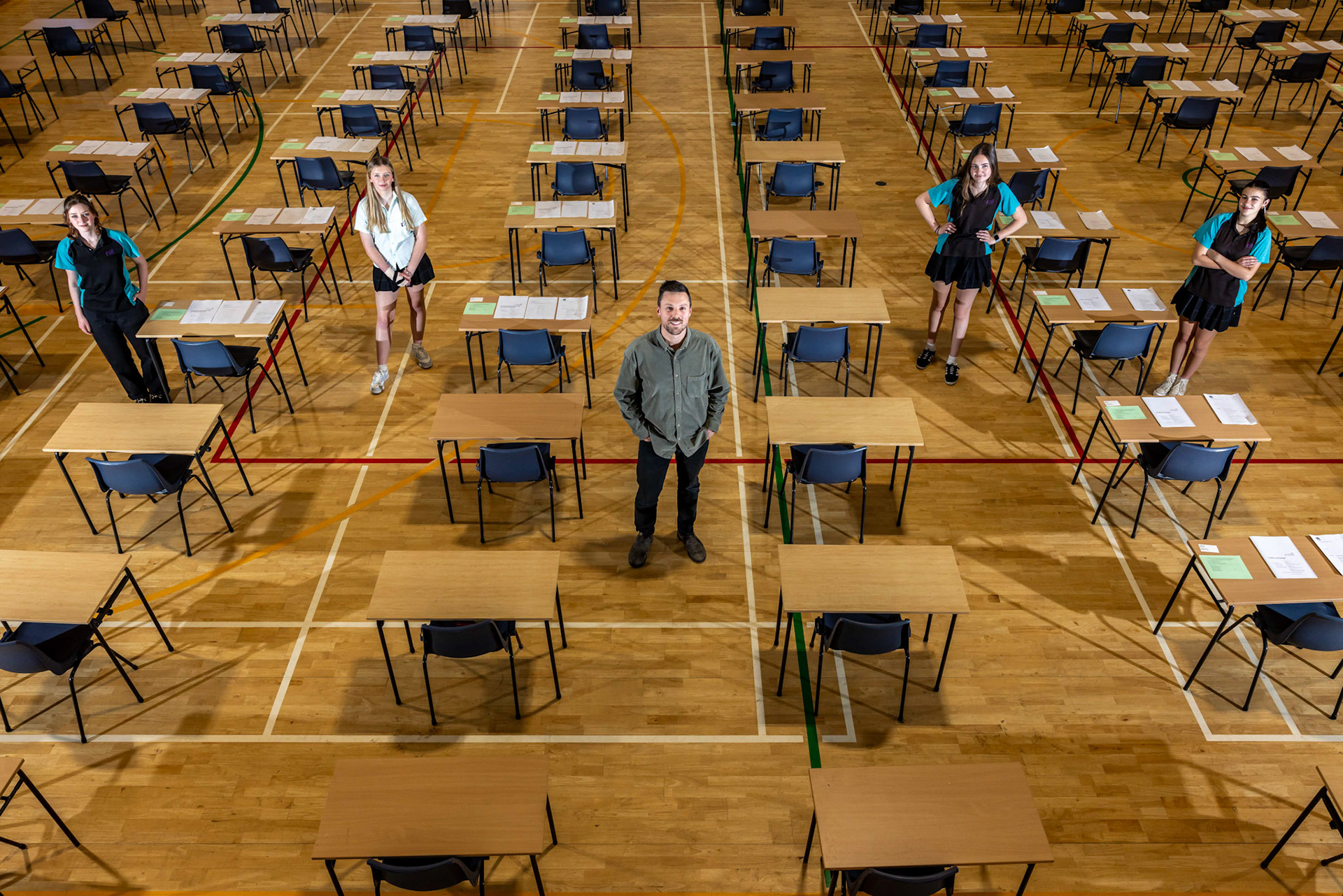
Ben Moore, Hunter School of the Performing Arts, with students. Teacher and STEM lead at the Hunter School of Performing Arts, Ben Moore - seen here with Year 10 students Luka Mckeown (16), Erin Tamindzic (16), Rani Scorringe (15), and Lyla Nardo (15) - is a passionate advocate for innovation. He has participated in events such as Career Links’ Mini EV Challenge and the Sustainovation Challenge, focusing on the future of Newcastle’s port. His leadership continues to inspire the next generation of students in the Hunter region to engage with STEM and sustainability.
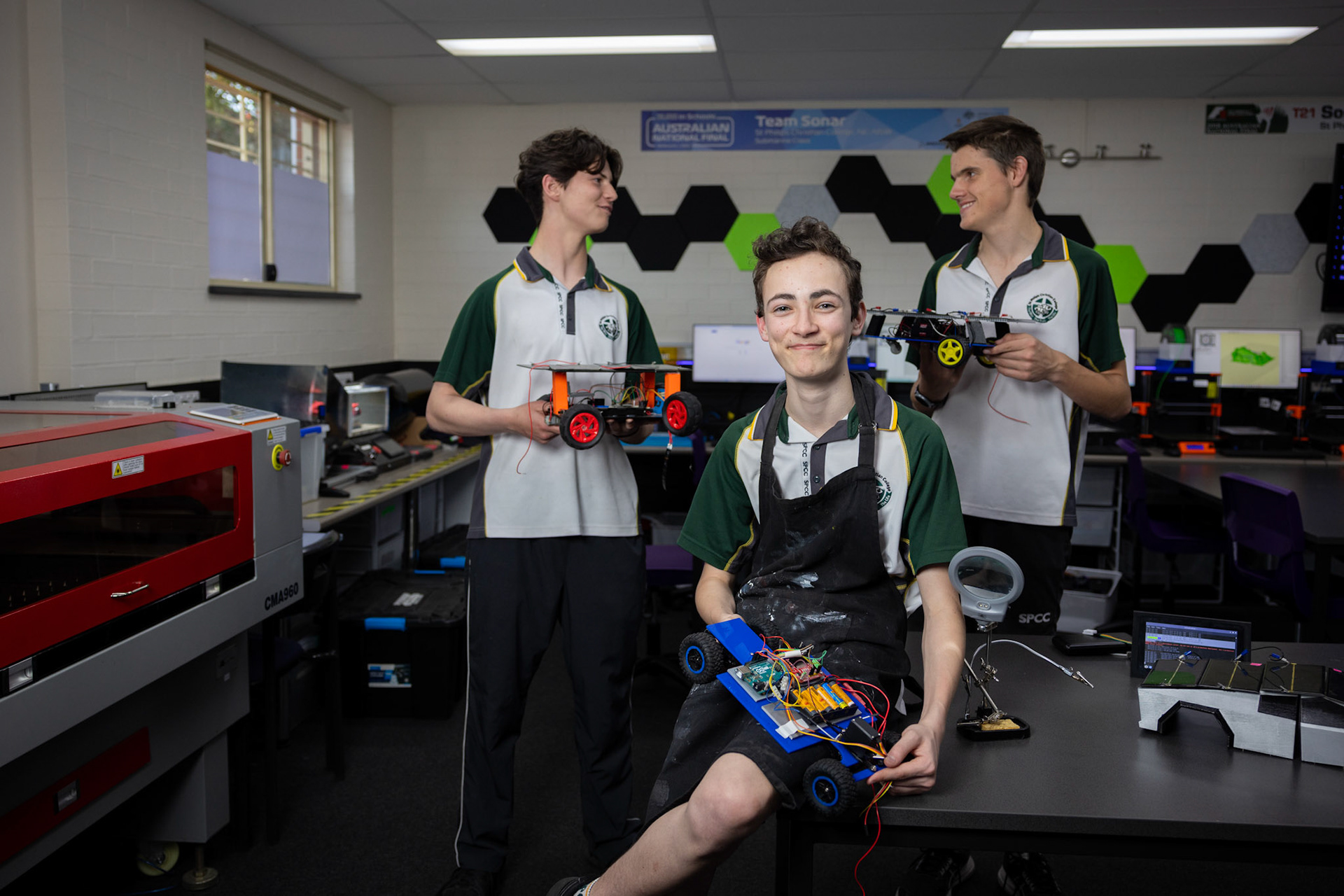
Liam Barnard (front), Isaac Wills and Caleb Stedler, St Philip’s Christian College. Students display cars they constructed using thermoplastic derived from cornstarch. Designed and built from scratch, the solar-powered cars are part of a STEM program led by teacher Dave Bonzo, who is helping to inspire the next generation of energy enthusiasts.
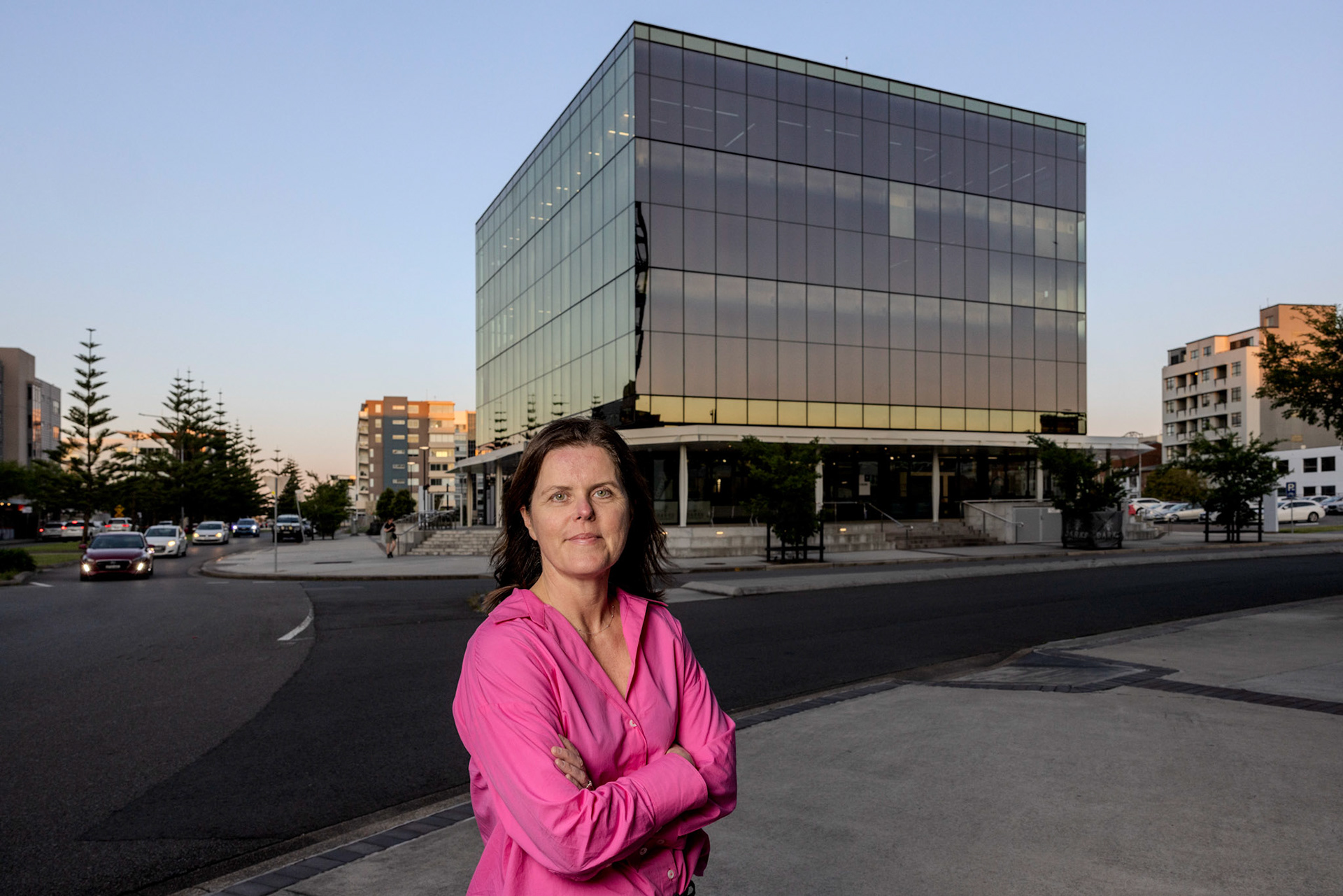
Siobhan Curran, Director, Entrepreneurship, University of Newcastle. As a leading figure in the Integrated Innovation Network’s Cleantech Accelerator, Siobhan is helping to build the capability of Hunter entrepreneurs in critical topics including clean energy, recycling and waste, supply chain, built environment, air quality and transportation.
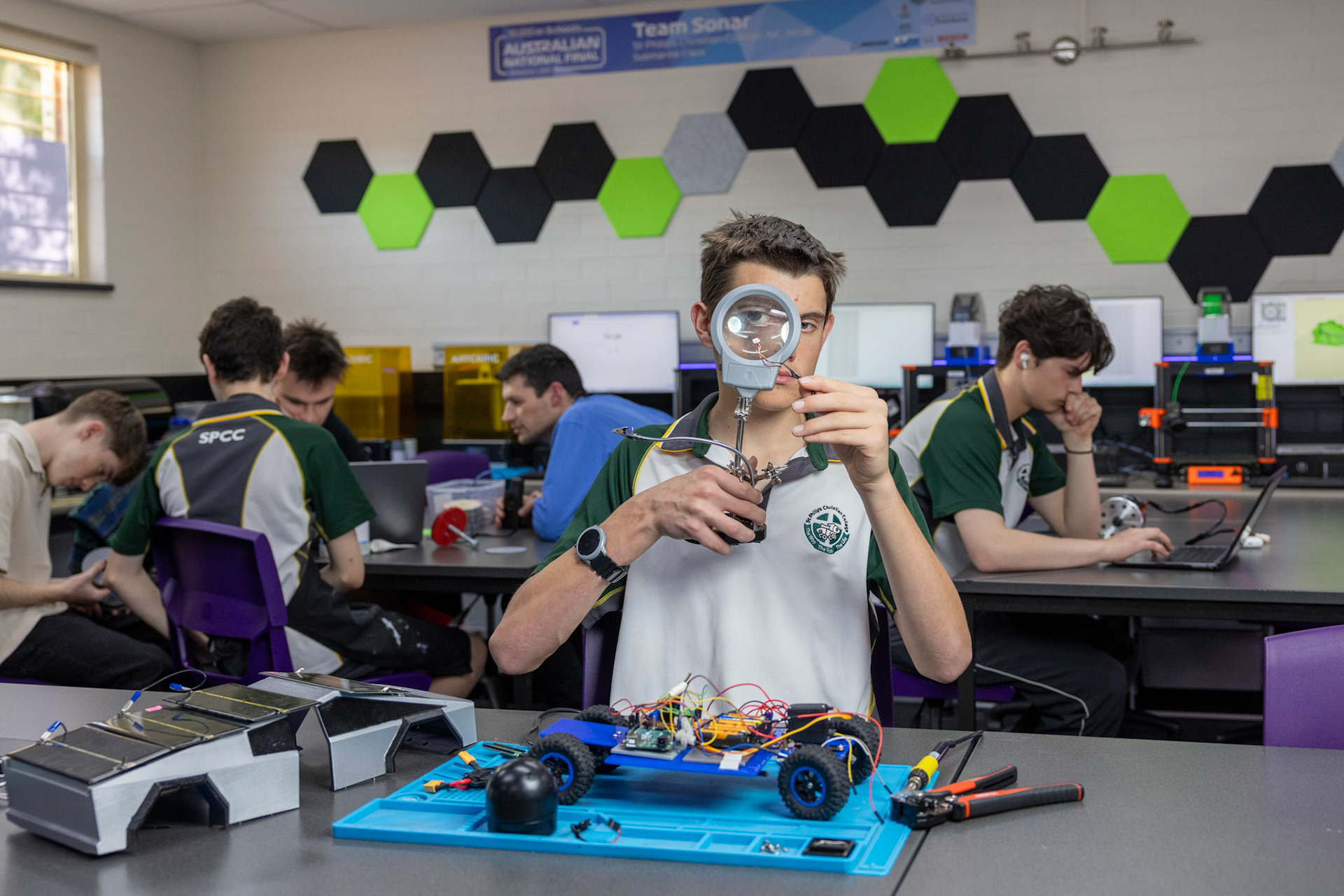
Caleb Stedler, St Philip’s Christian College. Student Caleb eyes a solar-powered car built using a thermoplastic derived from cornstarch, part of a school STEM project. As the future population of the Hunter, students represent a critical part of the energy transformation.
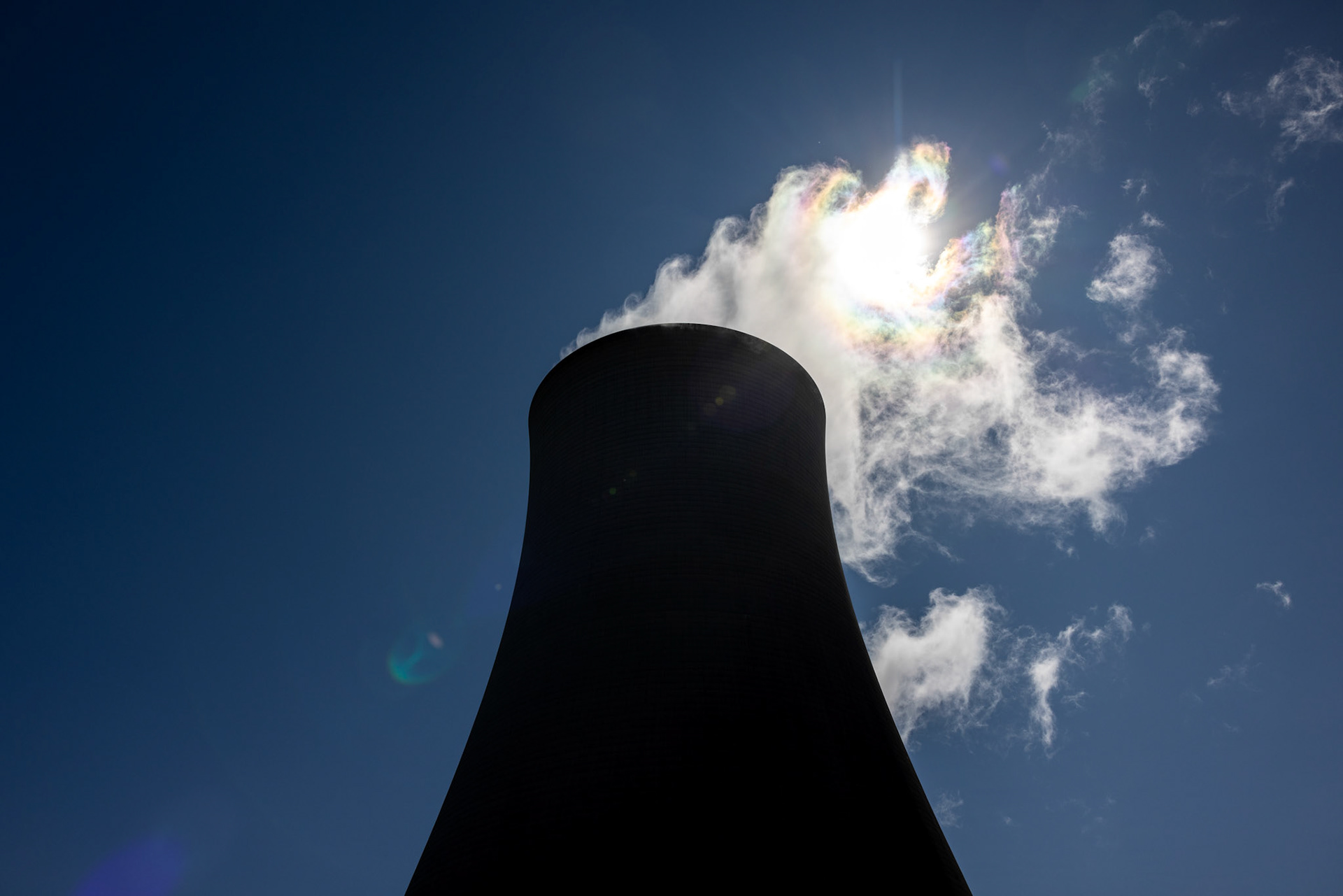
Bayswater Power Station Muswellbrook, NSW. The cooling tower at Bayswater Power Station, operated by AGL, represents the Hunter region’s pivotal role in supplying energy to the nation. The station is now actively contributing to the shift towards sustainable energy solutions, ensuring the Hunter remains at the forefront of Australia’s energy evolution.
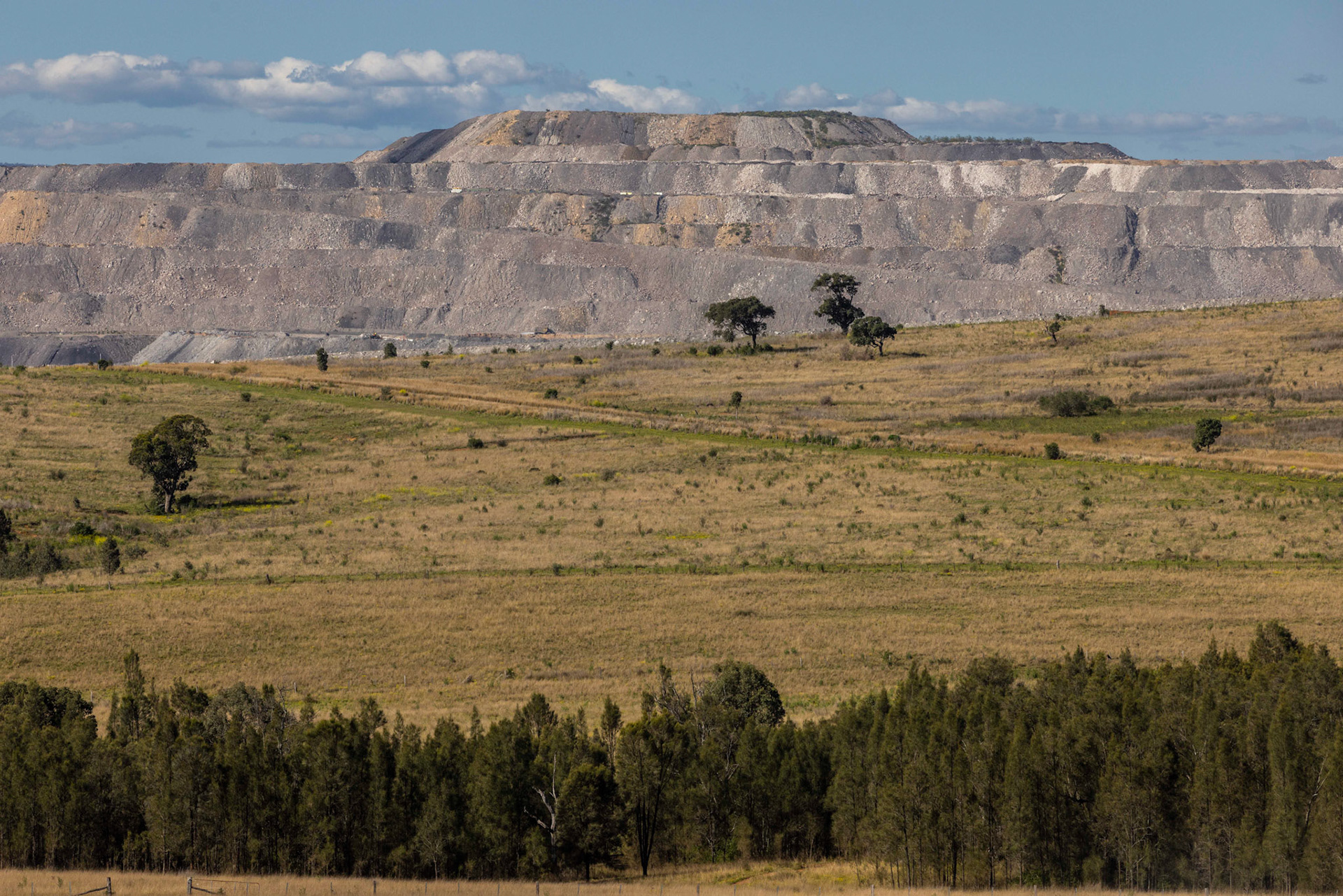
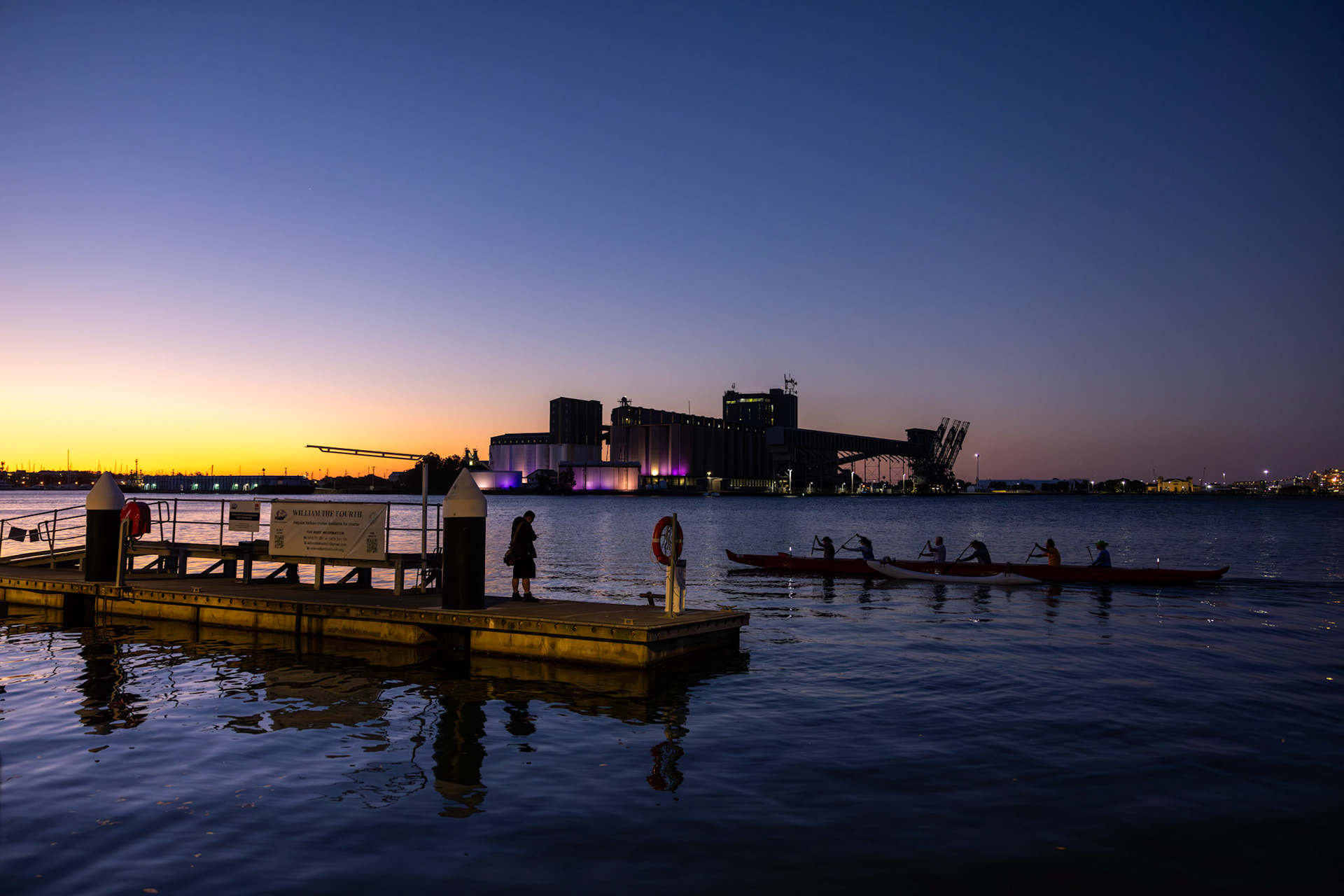
Kayakers on Newcastle Harbour. Kayakers glide across the water and an angler throws out a line as dusk falls on Newcastle Harbour, with the port in the background. The local community has a strong connection to its waterfront and as Newcastle embraces its role in the energy transformation, these waters symbolise a shared future where community engagement and sustainable practices come together.
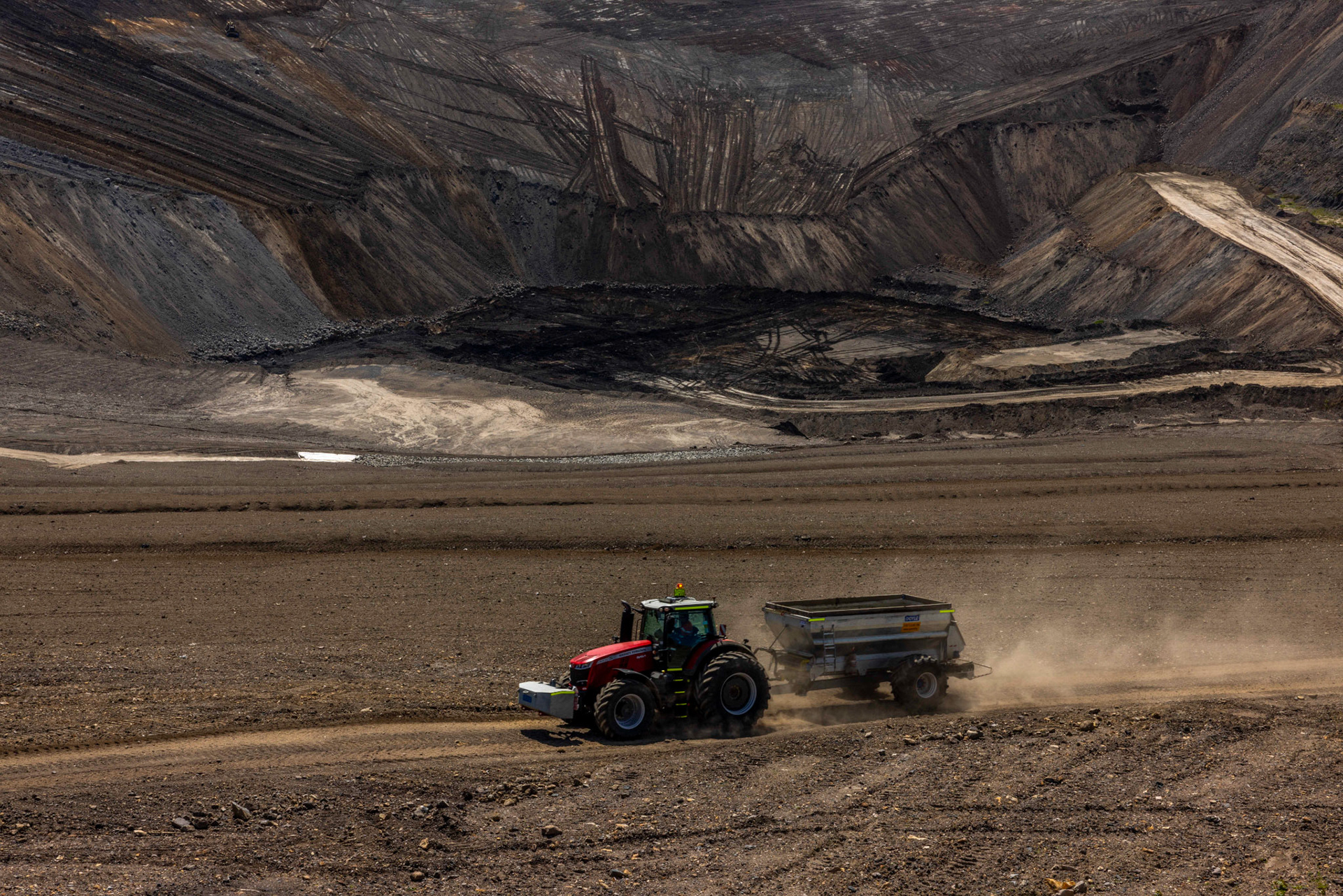
Tractor, coal mine Muswellbrook, NSW. A tractor works to rehabilitate a site at the former Muswellbrook Coal Mine, which closed in 2022. As part of Idemitsu’s rehabilitation and post mining land use, the site is being assessed for approval to be transformed into a pumped hydro storage project and solar farm, along with a mix of grazing fields and woodland for future use. This effort reflects the company’s commitment to creating a sustainable legacy for local communities.
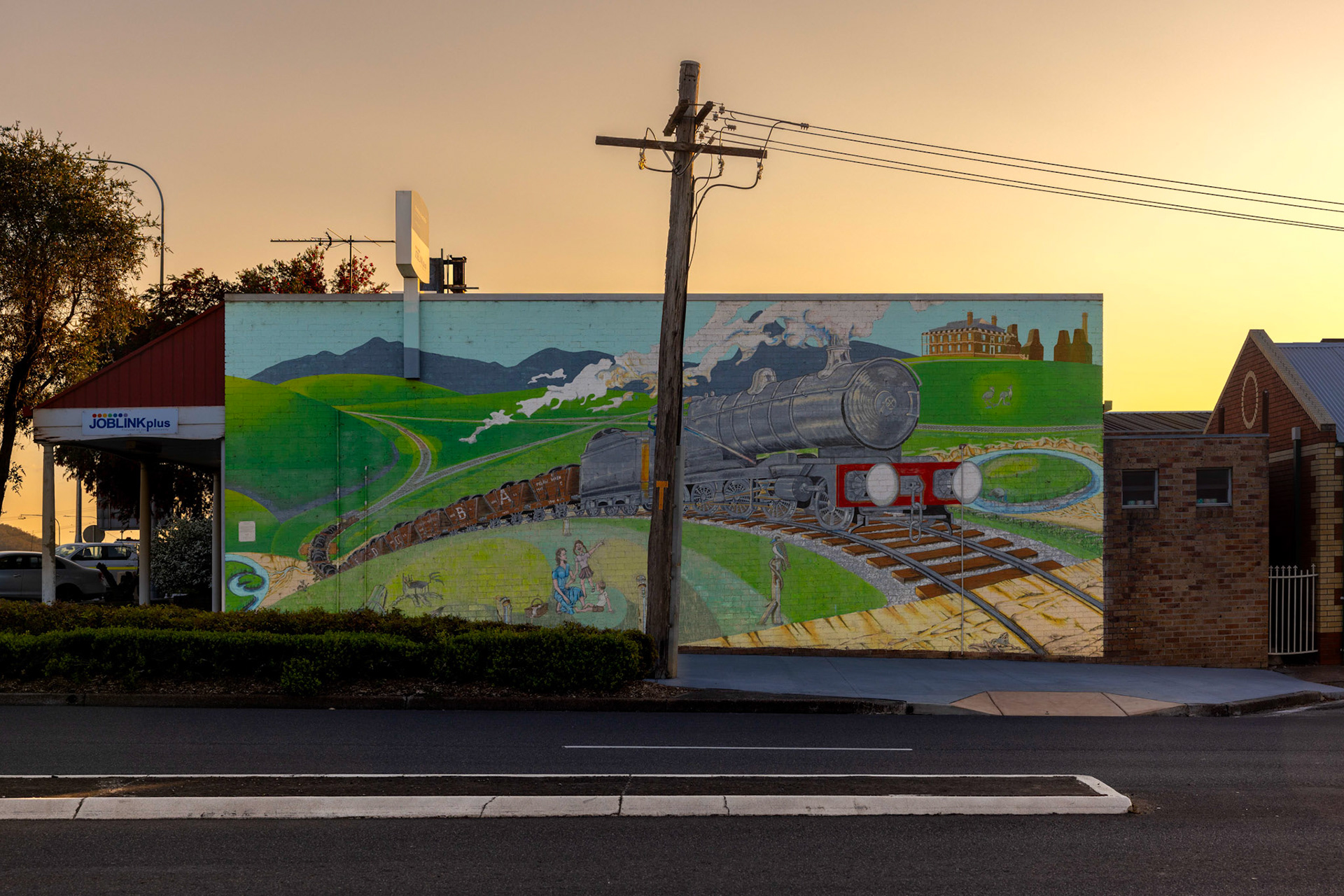
Coal train mural Kurri Kurri, NSW This vibrant mural in Kurri Kurri’s town centre depicts the iconic coal train, a tribute to the region’s industrial heritage and deep connection to the coal industry. As Kurri Kurri embraces a future of clean energy, the mural serves as a reminder of the town’s proud history of powering Australia’s economy.
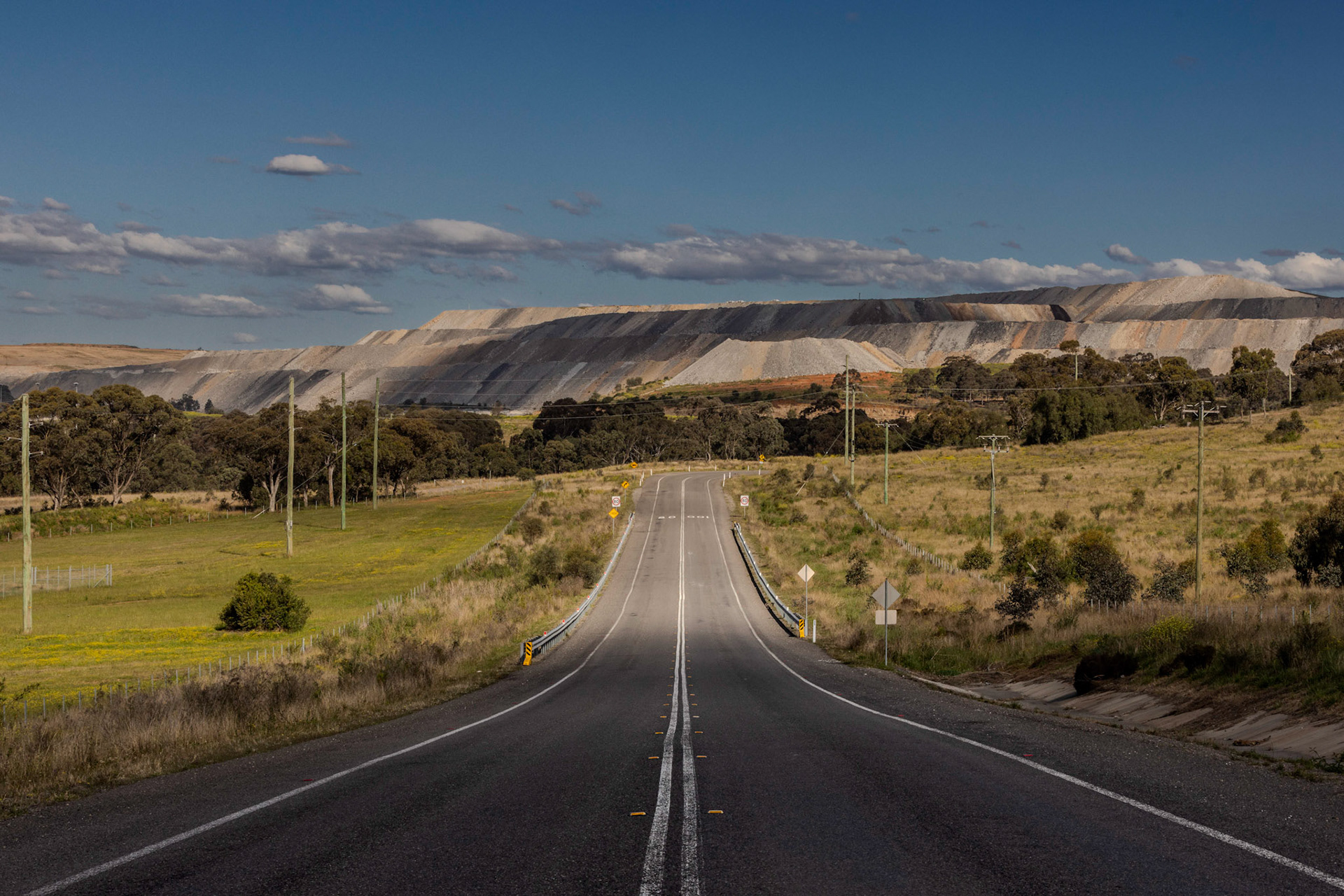
Coal landscape Muswellbrook, NSW. This road cuts through the heart of Muswellbrook’s coal country, a reminder of the region’s longstanding role in powering Australia. As the energy landscape evolves, these roads now lead toward a future where renewable energy and new industries will shape the region’s identity.
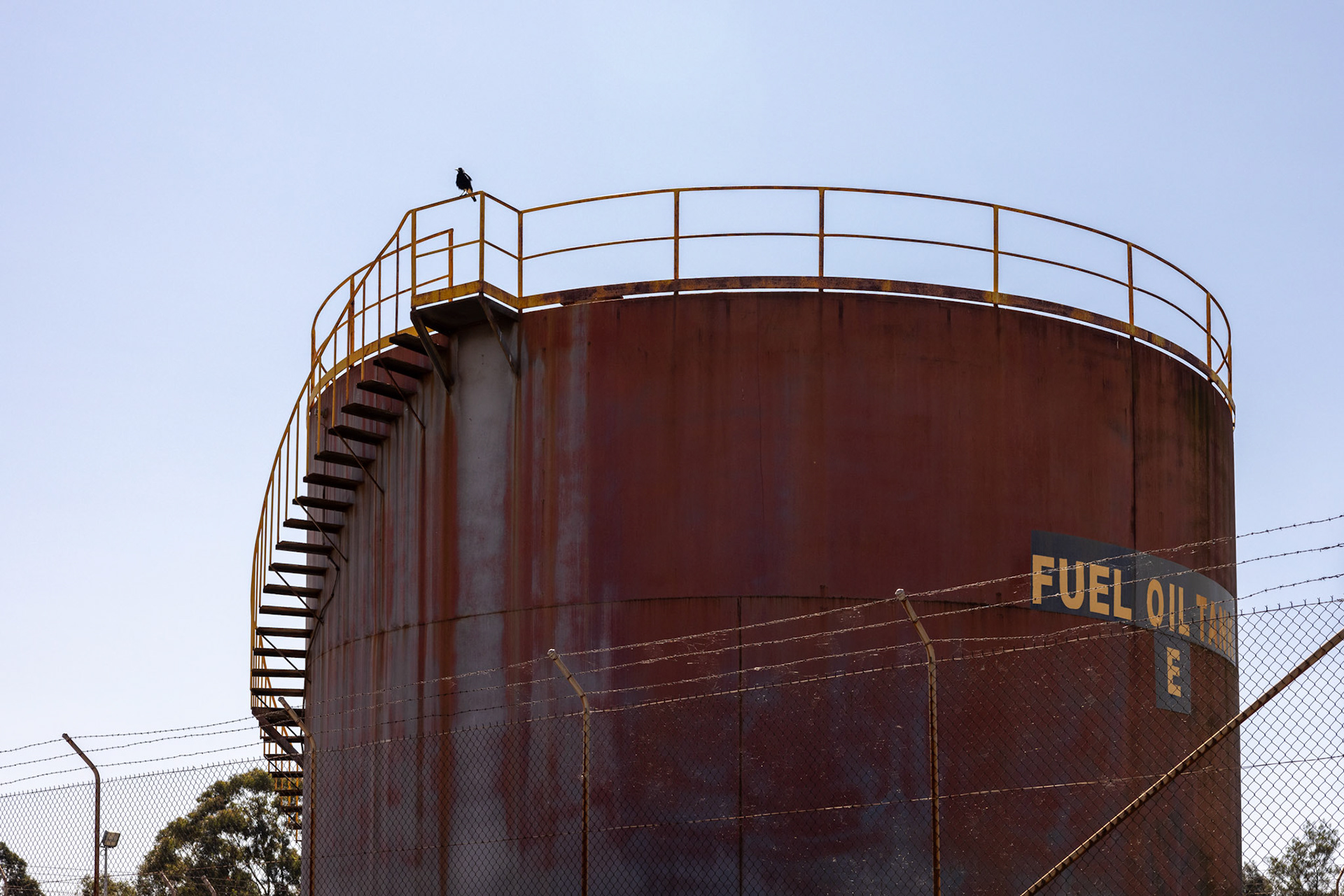
Fuel oil tank at AGL’s Liddell Power Station Muswellbrook. As AGL navigates the switch from traditional fossil fuels to renewable energy, the fuel oil tank symbolises the legacy of Liddell Power Station, set against ongoing efforts to reshape Australia’s energy future.
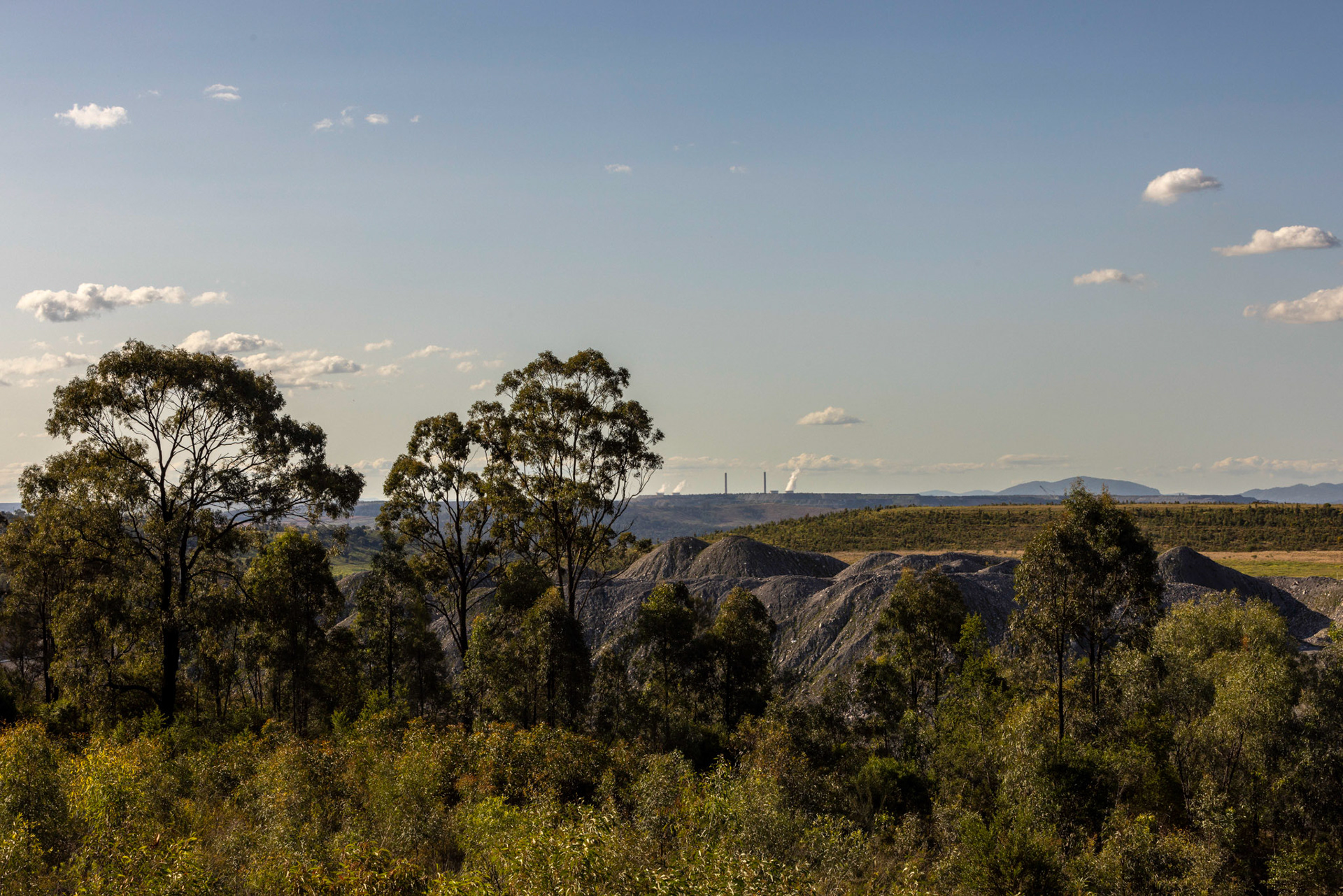
Rich landscape Muswellbrook, NSW. This scene captures Muswellbrook’s deep connection to both nature and industry, highlighting the region’s pivotal role in Australia’s energy history. As the landscape evolves, the view reflects the balance between the natural environment and the industrial past that shaped it.
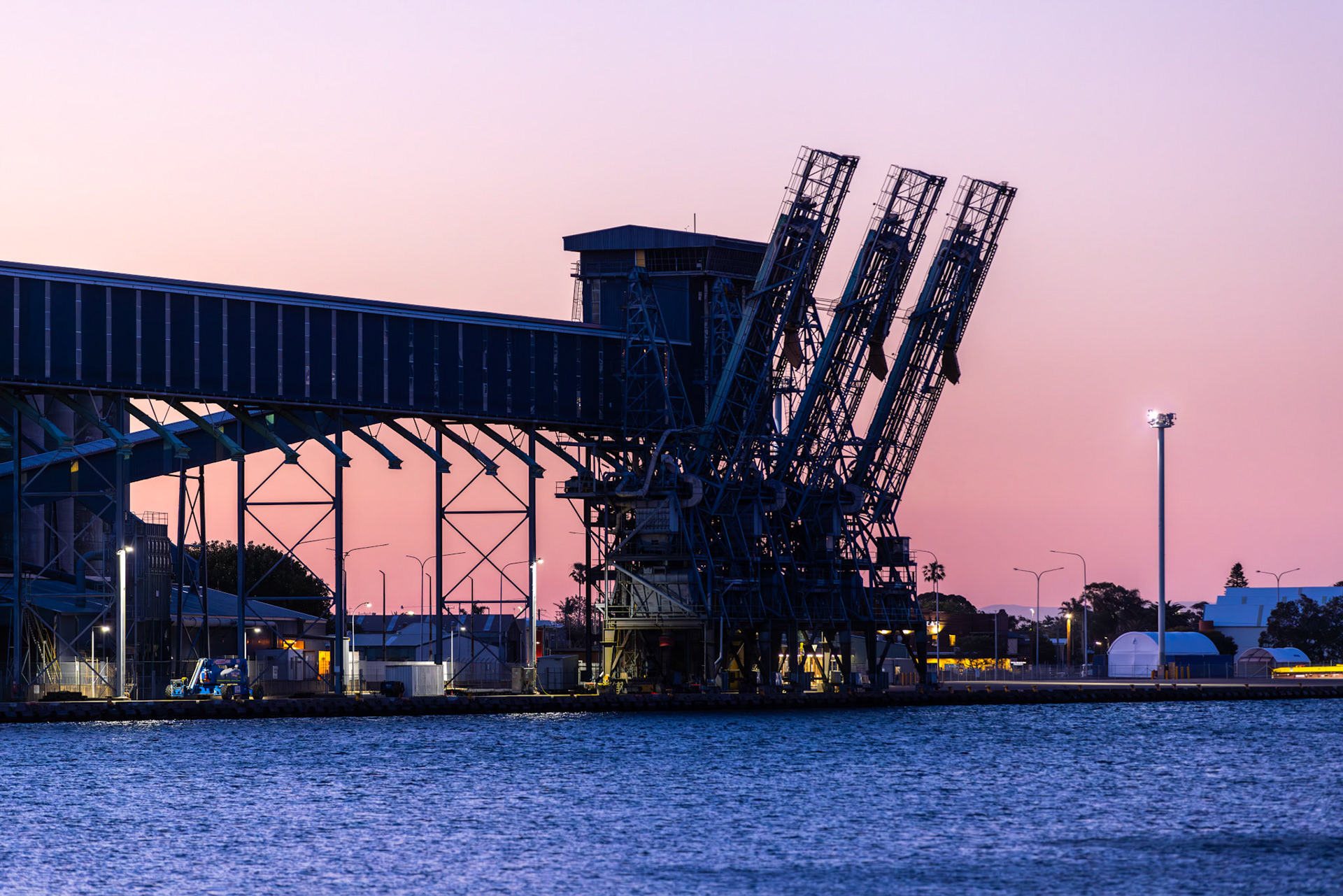
The Newcastle port at dusk. Australia’s oldest export port and a major hub for coal exports, the Port of Newcastle is now poised to become a key player in the nation’s clean energy future. It embodies the transition from traditional industries to renewable energy, underscoring the Hunter’s importance in the global energy supply chain.

Steel framework, Liddell Power Station Muswellbrook, NSW. The web of steel and pipework at the retired Liddell Power Station highlights the scale and complexity of this once vital coal-fired thermal plant. The structure now stands as a symbol of change, making way for the Hunter region’s shift toward clean energy solutions.
